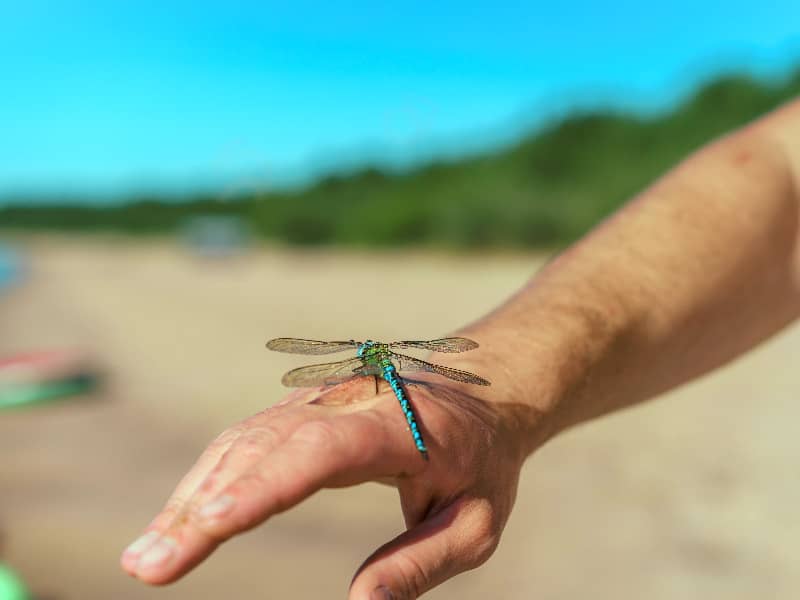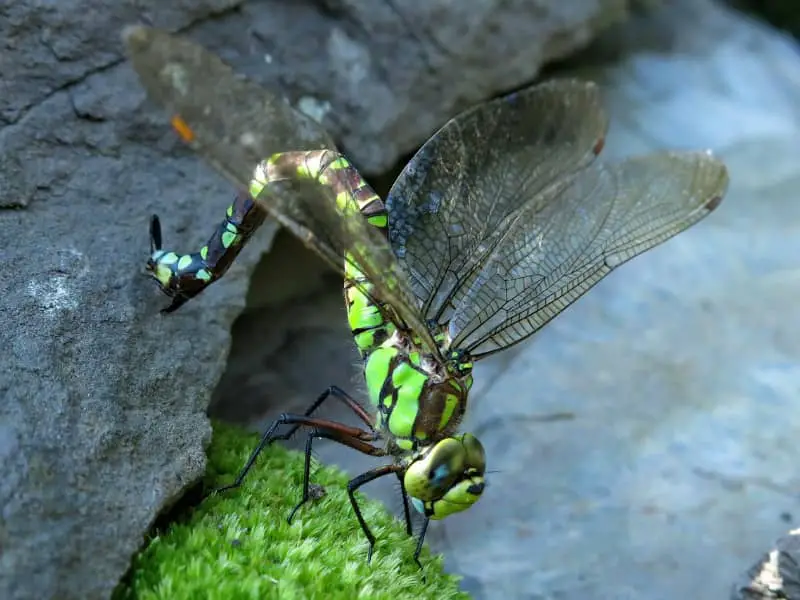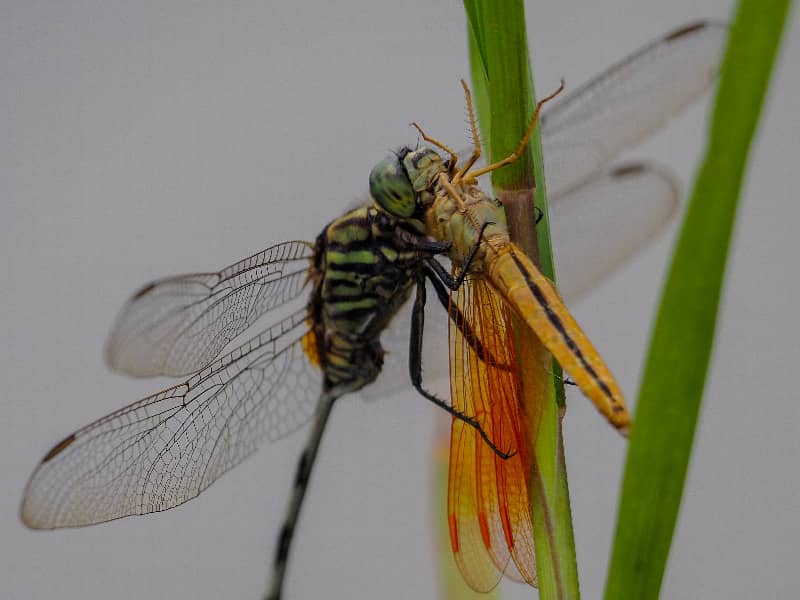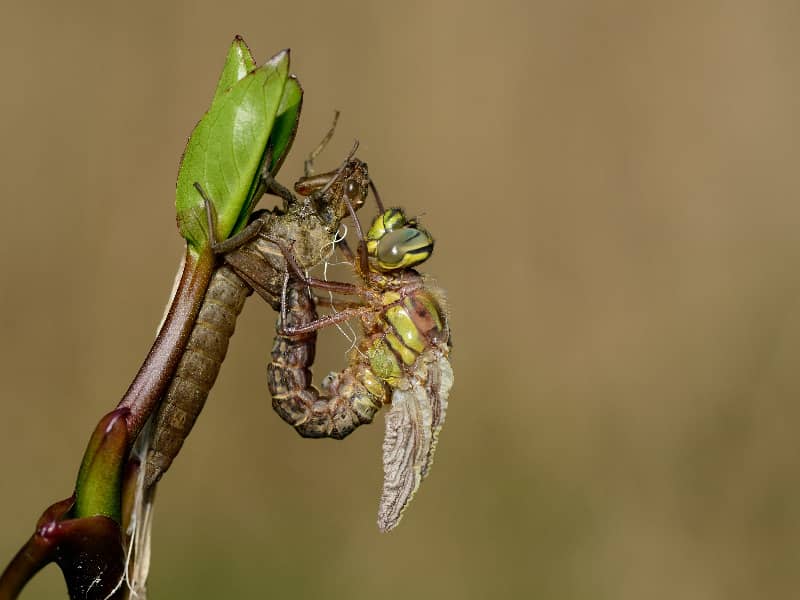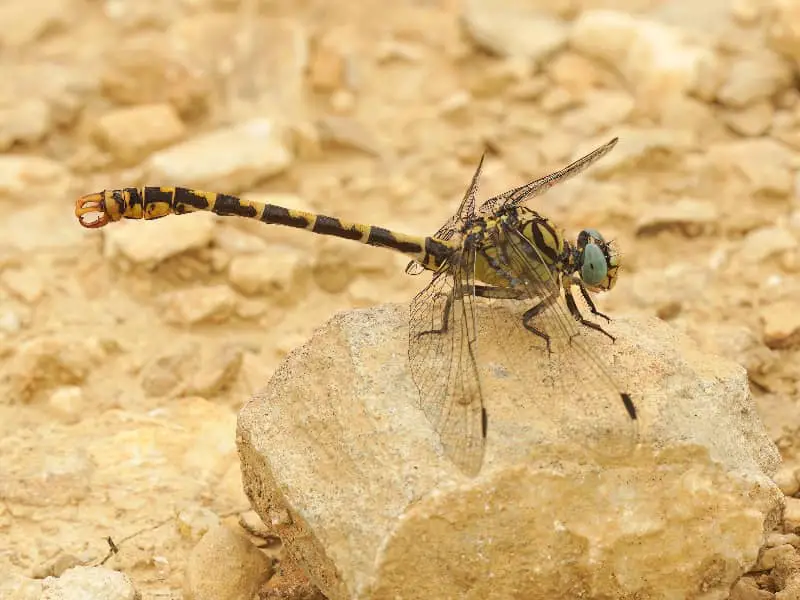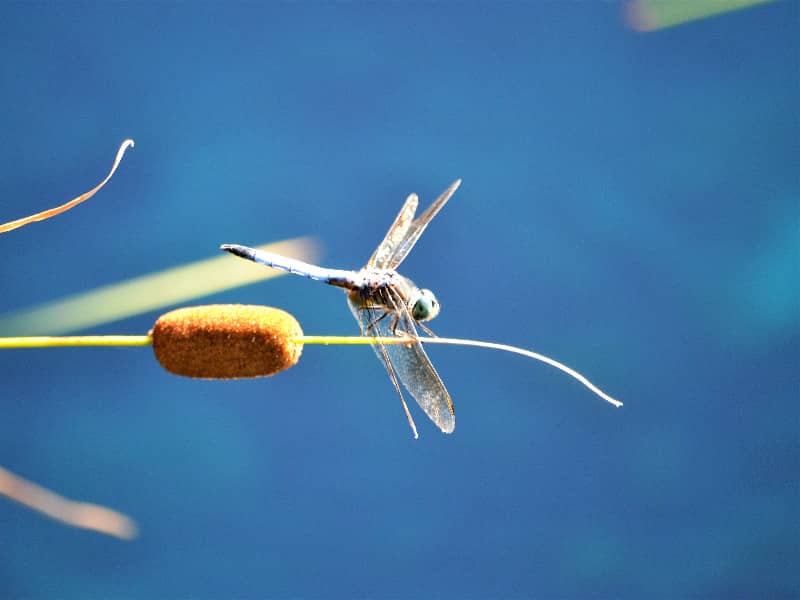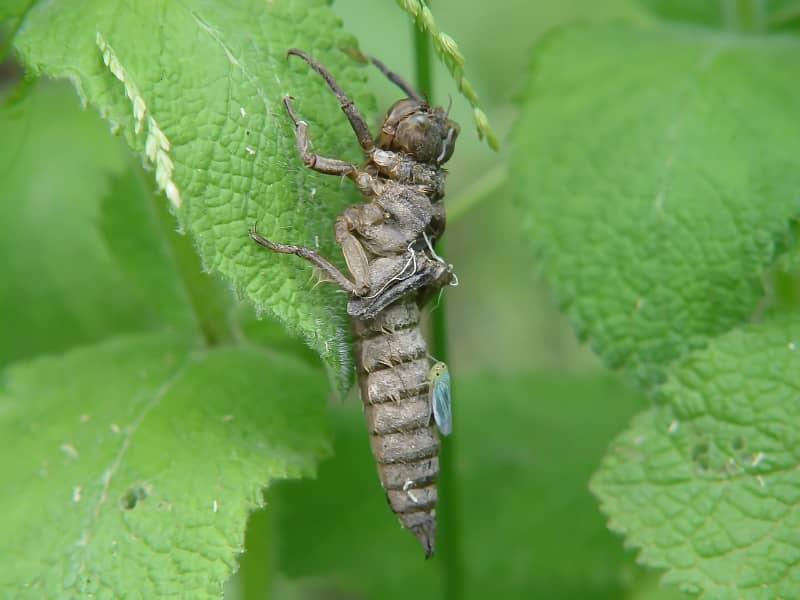
Dragonfly larvae in pond
Dragonflies are fascinating insects that can be found in many different habitats. Their life cycle is particularly interesting because they first live as larvae in water bodies before developing into beautiful flying insects. Dragonfly larvae, also known as dragonfly larvae, play an important role in ponds and other standing waters. In this article, we will take a closer look at dragonfly larvae in ponds and explore their lifestyle, habitat, importance and more.
- Dragonfly larvae in pond
- The life cycle of the dragonfly
- The habitat and characteristics of dragonfly larvae
- The importance of dragonfly larvae in the pond
- How to recognize dragonfly larvae in the pond
- The diet and feeding habits of dragonfly larvae
- Predators and threats to dragonfly larvae in the pond
- Tips for creating a suitable habitat for dragonfly larvae
- Conclusion: The fascinating world of dragonfly larvae in the pond
- FAQ
The life cycle of the dragonfly
Before we look at dragonfly larvae, it is important to understand the entire life cycle of these fascinating insects. Dragonflies undergo a complete transformation called complete metamorphosis. The life cycle of a dragonfly consists of four main stages: Egg, larva, pupa and adult dragonfly.
Dragonfly eggs are laid by females in water bodies, usually near plants or other structures to which the larvae can later cling. After a certain time, the larvae hatch from the eggs and begin their life in the water. The larvae go through several molts as they grow and develop. After a certain period of time, the larvae pupate and eventually transform into adult dragonflies. These flying insects are known for their beautiful wings and elegant flight.
The habitat and characteristics of dragonfly larvae
Dragonfly larvae are aquatic insects that live in ponds, lakes, pools and other standing waters. They prefer waters with abundant plants and other structures to which they can cling. Larvae are usually dark in color and have a long, narrow body with six legs and a characteristic mask-like mouthparts. Their bodies are equipped with gills that allow them to take in oxygen from the water.
The larvae move around in the water with the help of their powerful legs and can also perform fast swimming and diving movements. They are good hunters and feed on small aquatic animals such as insect larvae, water fleas and other microorganisms. The larvae are also territorial and defend their territory against other larvae.
The importance of dragonfly larvae in the pond
Dragonfly larvae play an important role in ponds and other standing waters. They are part of the aquatic food chain and serve as important prey for other animals such as fish and waterfowl. Likewise, they are also natural hunters and help keep populations of other aquatic insects in check.
Dragonfly larvae are also an indicator of water quality. Because they are sensitive to pollution and other environmental changes, their presence and health can provide information about the condition of a body of water. When dragonfly larvae are present in a pond, it usually indicates a healthy and balanced ecosystem.
How to recognize dragonfly larvae in the pond
If you have a pond and want to know if there are dragonfly larvae in it, there are certain characteristics you can look for. Dragonfly larvae are usually dark in color and have a long, narrow body. Their distinctive mask-like mouthparts are also a clear feature. If you look in the water, you may also see the larvae moving around or hunting.
It is important to note that dragonfly larvae are not always easy to spot, as they often hide near plants and other structures. However, if you look closely and are patient, you may be able to spot them and observe their fascinating behavior.
The diet and feeding habits of dragonfly larvae
Dragonfly larvae are predatory insects and feed on a variety of small aquatic animals. Their prey includes insect larvae, water fleas, mosquito larvae and other small creatures that live in the water. The larvae are good hunters and use their powerful legs and mask-like mouthparts to catch and eat their prey.
Dragonfly larvae are also territorial and defend their territory from other larvae. They may exhibit aggressive behaviors to protect their food and territory. This behavior is an important part of their survival strategy and allows them to find enough food to grow and develop.
Predators and threats to dragonfly larvae in the pond
Although dragonfly larvae are good hunters, they also have natural enemies that can threaten them. The most common predators of dragonfly larvae include fish, waterfowl, water scorpions, and other larger aquatic insects. These animals see dragonfly larvae as a potential food source and actively hunt them.
Furthermore, environmental changes and pollution can also affect the living conditions for dragonfly larvae. Poor water quality, habitat loss and other human interventions may prevent the larvae from developing optimally or even cause them to die.
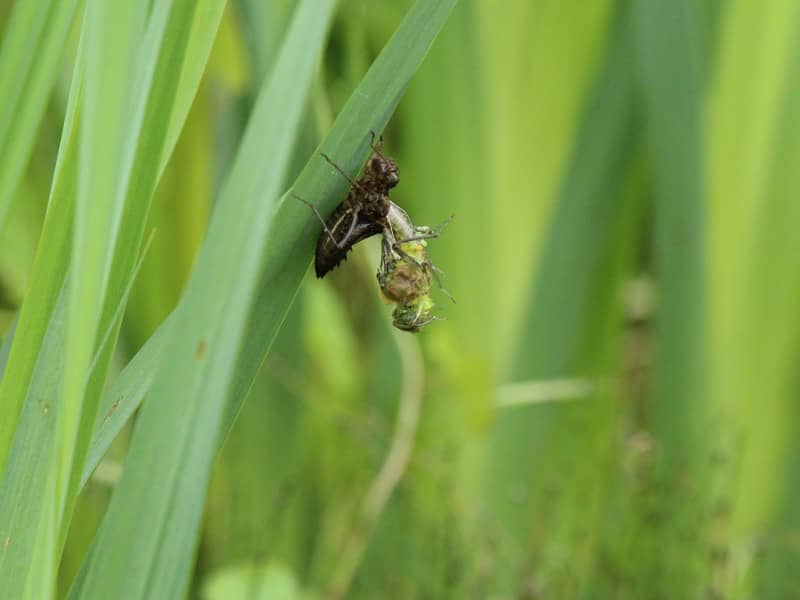
Tips for creating a suitable habitat for dragonfly larvae
If you have a pond and are interested in creating a suitable habitat for dragonfly larvae, there are a few tips that can help. First, it is important to make sure that your pond provides enough plants and other structures for the larvae to cling to. This can be in the form of underwater plants, floating plants, or other structured areas.
Similarly, it is important to monitor the water quality in the pond and ensure that it is suitable for the larvae. This can be done by regularly testing for pH, oxygen levels and other important parameters. If necessary, you can also take steps to improve the water quality, for example by adding special preparations or using filters.
Conclusion: The fascinating world of dragonfly larvae in the pond
Dragonfly larvae are fascinating creatures that live in ponds and other standing waters. Their life cycle, habitat, and importance make them an important part of the aquatic ecosystem. By developing an understanding of dragonfly larvae and taking action to protect and conserve their habitat, we can help preserve these fascinating insects.
If you have a pond, you should take the opportunity to explore the world of dragonfly larvae and observe their fascinating behavior. You will be surprised how much you can learn about the natural world just by taking a look below the water surface.
FAQ
Question: Are dragonfly larvae dangerous to humans?
Response: No, dragonfly larvae are not usually dangerous to humans. They are predatory insects that hunt smaller aquatic organisms, but they are not capable of biting or otherwise harming humans.
Question: How long does it take for dragonfly larvae to develop into adult dragonflies?
Response: The exact time period varies depending on the dragonfly species, but it usually takes several months to several years for dragonfly larvae to develop into adult dragonflies. This depends on various factors such as water temperature, food availability and other environmental conditions.
Question: Can I breed dragonfly larvae in my own pond?
Response: Yes, it is possible to breed dragonfly larvae in your own pond. To do this, you need to make sure that your pond has the right conditions, such as enough plants and structures to provide a suitable habitat for the larvae. You can also collect larvae from other water bodies and place them in your pond to increase the population.
Question: How can I help protect dragonfly larval habitat?
Response: There are several ways you can help protect dragonfly larval habitat. These include preventing pollution of water bodies, preserving natural habitats, and creating suitable habitats in your own pond. You can also support local conservation organizations that work to protect water bodies and the wildlife that live in them.
Author
Last posts
- 15. March 2024ChickensRobuster Kunststoffzaun für Hühner – Tipps
- 13 October 2023DragonfliesBlue feather damselfly
- 12 October 2023DragonfliesYellow dragonfly - What are the species?
- 12 October 2023DragonfliesEarly Adonis Damselfly

